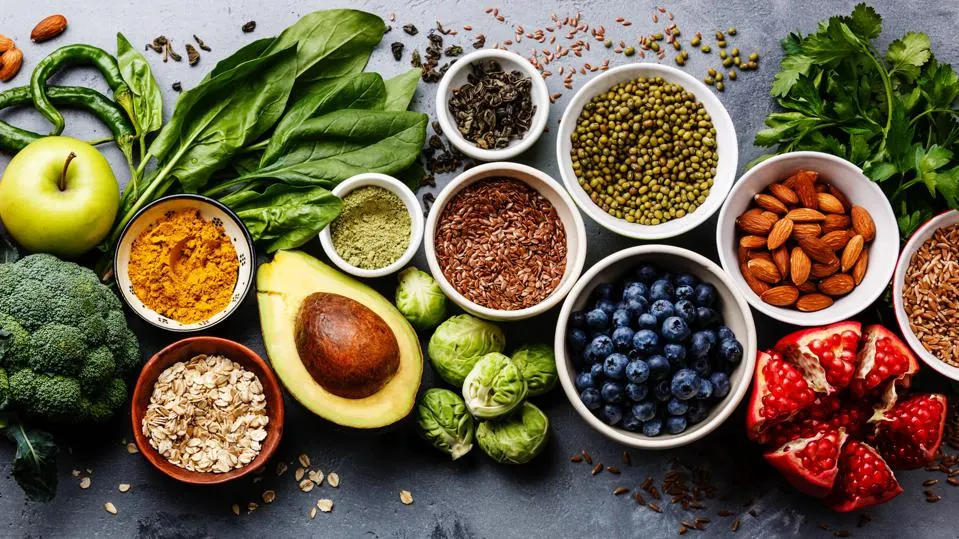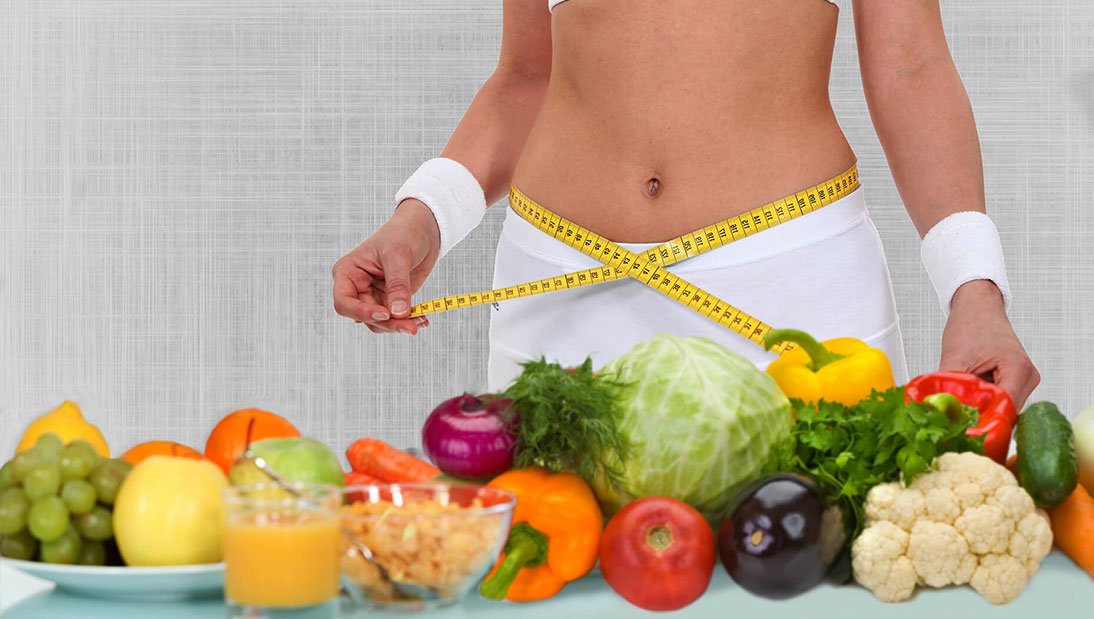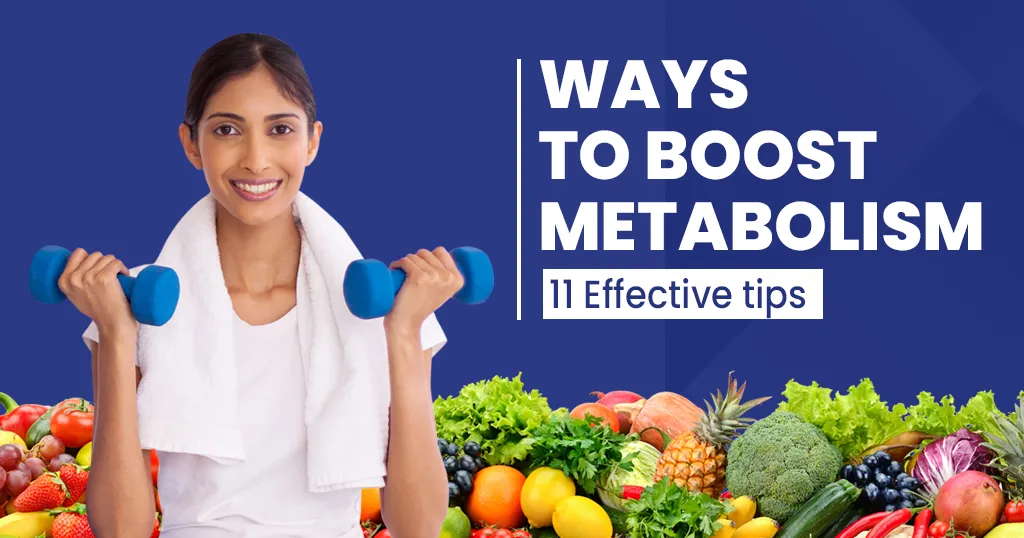Losing weight is a common goal for many people, but achieving it requires more than just cutting calories. A well-balanced weight loss diet not only helps shed excess pounds but also improves overall health and energy levels. This article explores effective strategies, meal plans, and tips for adopting a sustainable weight loss diet.
Understanding the Weight Loss Diet
A weight loss diet is a structured eating plan designed to reduce body fat while maintaining essential nutrients. It typically focuses on consuming fewer calories than your body burns daily. However, it’s crucial to prioritize nutrient-dense foods to ensure your body gets enough vitamins, minerals, and proteins for optimal functioning.
A successful weight loss diet must include the following essential elements:
- Balanced Macronutrients: Proteins, carbohydrates, and healthy fats in proper proportions.
- Calorie Deficit: Consuming fewer calories than the body requires.
- Portion Control: Avoiding oversized servings to regulate intake.
Top Foods for a Weight Loss Diet

Eating the right foods can accelerate your weight loss journey. Some of the best options include:
1. Lean Proteins
Proteins help build and repair muscles while keeping you full for longer periods. Sources include chicken, turkey, eggs, tofu, and legumes. Incorporating protein into each meal can reduce hunger pangs and boost metabolism.
2. Whole Grains
Whole grains such as brown rice, quinoa, and oats provide fiber, which aids digestion and prevents overeating. Unlike refined grains, whole grains keep blood sugar levels stable and reduce cravings.
3. Fruits and Vegetables
Fruits and vegetables are low in calories but rich in essential vitamins and antioxidants. Examples include berries, spinach, broccoli, and apples. They provide bulk to meals without adding excess calories, making you feel full faster.
4. Healthy Fats
Incorporating healthy fats from sources like avocados, nuts, seeds, and olive oil can improve heart health and help with fat absorption. Despite being calorie-dense, they are vital for a balanced diet and support long-term weight management.
5. Hydrating Foods and Beverages
Water, herbal teas, and water-rich fruits like watermelon help in flushing out toxins and maintaining hydration, which is crucial for metabolism and weight loss.
Sample Weight Loss Diet Plan
Here’s a simple day plan for weight loss:
- Breakfast: Oatmeal with berries and a boiled egg.
- Mid-Morning Snack: A handful of almonds or walnuts.
- Lunch: quinoa and grilled chicken salad with olive oil dressing.
- Afternoon Snack: Greek yogurt with chia seeds.
- Dinner: Steamed fish with sautéed vegetables.
This plan ensures a balance of proteins, carbs, and fats while keeping the calorie count in check.
Tips for a Successful Weight Loss Diet
- Avoid Processed Foods: Limit sugary drinks, fast food, and packaged snacks.
- Practice Mindful Eating: Focus on meals and avoid distractions to prevent overeating.
- Stay Consistent: Consistency in diet and portion control is key to sustainable weight loss.
- Exercise Regularly: Pairing a healthy diet with exercise accelerates fat loss and builds muscle.
- Track Progress: Keep a journal of your meals and weight changes to stay motivated.
A well-structured weight loss diet is not just about cutting calories but creating a sustainable lifestyle that promotes overall health. By incorporating lean proteins, whole grains, fruits, vegetables, and healthy fats, along with proper hydration and exercise, achieving your weight loss goals becomes more manageable. Remember, the best diet is one you can maintain long-term while keeping your body nourished and energized.
The Benefits of Intermittent Fasting
The Top 5 Foods for Healthy Skin
Read Also: Medical Website Design
![]()





